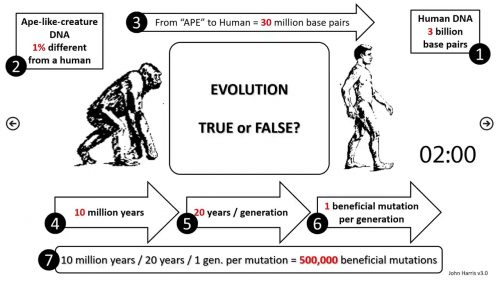I do appreciate it when people catch Ken Ham in those moments when he thinks he’s preaching to the faithful. He abandons all political caution and lets his freakish creepy views hang out. Here’s an Instagram video of Ken Ham preaching against that wicked Kamala Harris. He starts like this:
Like to see Kamala Harris’ latest embarrassment? Excuse me, it’s with a group of drag queens, and that’s why everything is in pink as well.
He then shows a brief (very brief, like a second or two) clip of Harris smiling and clapping. Where’s the embarrassment? We’re supposed to see this as a horror, I guess.
That tells you something about the state of this nation. You should judge that against scripture.
I mean, so evil.
Oooh, so evil. So embarrassing. Then we get another blip of Harris saying,
We trust women to make decisions about their own body!
Oh, she needs to learn some science, because a fertilized egg is not part of a woman’s body. It’s totally separate, and it’s a unique individual made in the image of god, and so she’s calling for the murder of many humans as she can in the mother’s womb.
My brain blacked out momentarily, hearing Ham declare that someone else needs to learn some science.
Uh, no, a zygote is genetically distinct from the woman’s cells, but it is part of a woman’s body. It divides to generate a trophectoderm, literally a feeding structure, that develops into a placenta that infiltrates and interdigitates with the woman’s uterine lining, intimately sharing her blood and nutrients for 9 months, inseparable from her tissues. I should think a woman ought to be able to make decisions about her health, her metabolism, her body, all these things that are profoundly affected by a pregnancy.
But Ken Ham is a creepy lying twerp. He then shows this bizarre image.
What is it with far-right cartoonists and their desperate need to slap labels on their metaphors? Do they lack the confidence in their art, and fear that it might be misinterpreted? This is Ben Garrison levels of a lack of faith in the intelligence of their readers.
I expect him to consider “evolution” as one of the storm of evils besetting the nice, “normal” family out rafting on their Bible, but “gender” is bad now? And “male and female restrooms”? I guess the last one sort of makes sense if you’re sufficiently regressive — after all, it was businesses providing women toilet facilities, rather than just for men, that allowed 19th century women the freedom to enter the market place. I wonder if Republicans are considering a ban on women’s restrooms?
I do think that having the presumably Christian characters in the cartoon clinging to an anchor in a storm is a good metaphor. I notice they didn’t feel the need to label that one.








